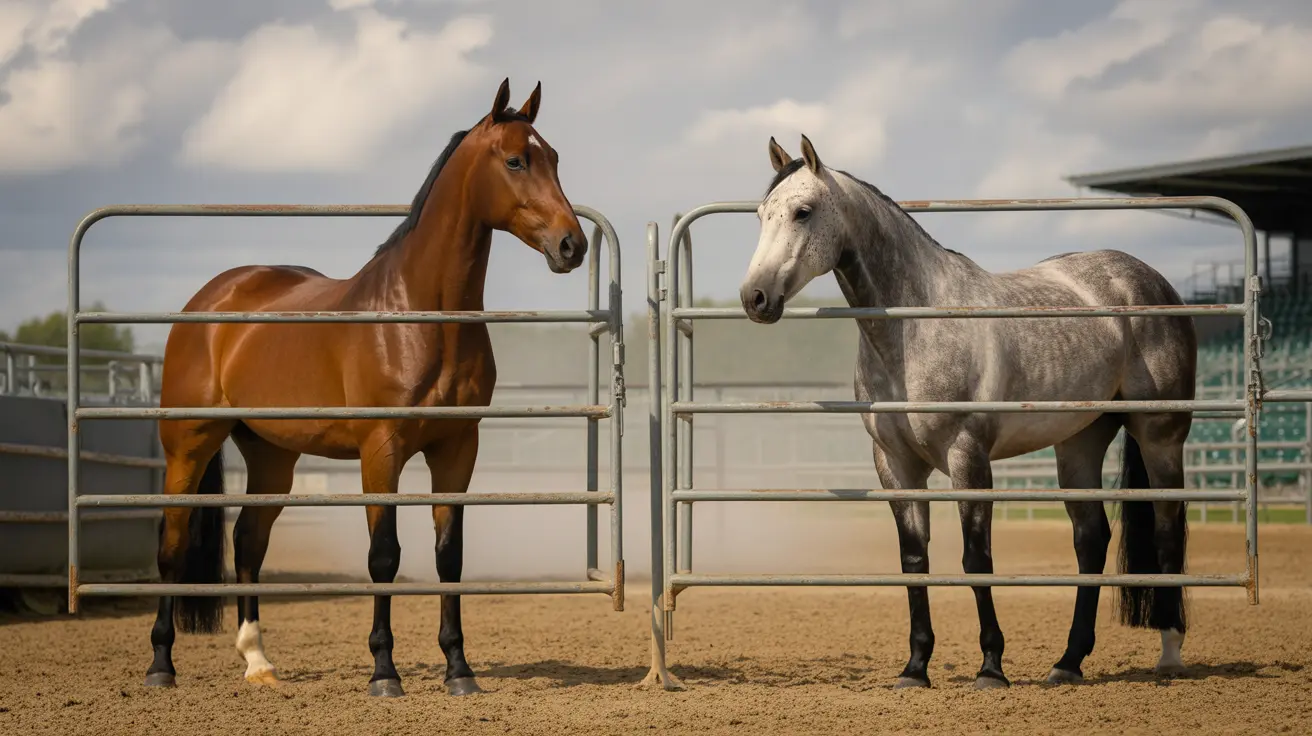What Do Fleas Hate the Most? A Guide to Effective Flea Prevention
Fleas are a persistent nuisance for both pets and their owners, thriving year-round in favorable environments. While they prefer warm and humid climates, they can survive even in colder months by clinging to hosts or hiding in insulated spaces. But what do fleas hate the most? Understanding their vulnerabilities is key to effective prevention and eradication.
Understanding the Flea Life Cycle
Fleas go through four stages: egg, larva, pupa, and adult.
Adult fleas make up only a small percentage of the total population; the rest exist in the form of eggs, larvae, or pupae, often concealed in pet bedding, carpets, or upholstered furniture.
Key characteristics of the flea life cycle include:
- Female fleas can lay up to 50 eggs per day after feeding.
- Larvae hatch and feed on organic debris or partially digested blood found in adult flea feces.
- Larvae spin cocoons to become pupae, which can remain dormant for months until conditions are optimal for hatching.
Environmental Conditions Fleas Despise
To disrupt this cycle, it's crucial to understand what environmental factors fleas find inhospitable:
- High temperatures: Washing fabrics at 60°C (140°F) or higher kills all flea stages.
- Dry conditions: Fleas thrive in humid environments. Dehumidifiers or increased ventilation can deter them.
- Exposure to light: Flea larvae avoid direct light and hide deep in fibers or crevices.
- Clean environments: Regular cleanliness makes it harder for fleas to survive and reproduce.
Flea Prevention Strategies Pets and Homeowners Should Know
Effective prevention involves making both your home and your pet's body a hostile environment for fleas:
- Year-round flea prevention: Skipping treatment during winter allows fleas to breed and infest once temperatures rise.
- Regular cleaning: Vacuum carpets and furniture frequently. Wash pet bedding and soft items weekly on high heat to destroy all flea stages.
- Use of flea combs: Flea combs help in physically removing adults from pet fur. Rinse the comb in hot, soapy water to kill trapped fleas.
- Monitor pet behavior: Excessive scratching or biting may indicate a flea issue. Early detection aids quicker management.
- Outdoor maintenance: Keep yards tidy—trim grass and remove leaf litter. These are flea havens in warmer weather.
- Natural repellents: Some plants, like rosemary and lavender, may deter fleas with their scent.
- Consult veterinary experts: Choose flea preventatives that suit your pet’s lifestyle and health condition. Some treatments also protect against internal parasites.
Why Winter Is Not Flea-Free
A common misconception is that freezing weather kills all fleas. While cold slows development, it doesn't eliminate the threat:
- Fleas may reside on warm hosts like pets or wildlife during winter.
- Indoor comfort—heated homes and insulated spaces—allows fleas to survive and reproduce.
- Pupae can remain dormant for months in protected conditions, hatching when the climate warms up.
Even a single flea can launch a full-blown infestation, given the high reproduction rate. Continuous vigilance is essential.
Additional Health Risks of Fleas
Beyond itchiness, fleas pose significant dangers:
- They can cause anemia in pets from constant bloodfeeding.
- Fleas transfer tapeworms and can spread certain diseases to both pets and humans.
- Flea bites may trigger allergic reactions or secondary infections from excessive scratching.
Conclusion: Make Your Home and Pets Hostile to Fleas
In short,
fleas hate high heat, dryness, cleanliness, and vigilance. These are your greatest weapons in flea prevention. Since fleas can reside unseen for long periods, a reactive approach is often too late. Keep up with year-round prevention methods, and tailor your strategy based on your pet's environment and needs.
By maintaining sanitary conditions, using appropriate treatments, and avoiding humid, cluttered spaces, you can create an environment fleas absolutely hate.





